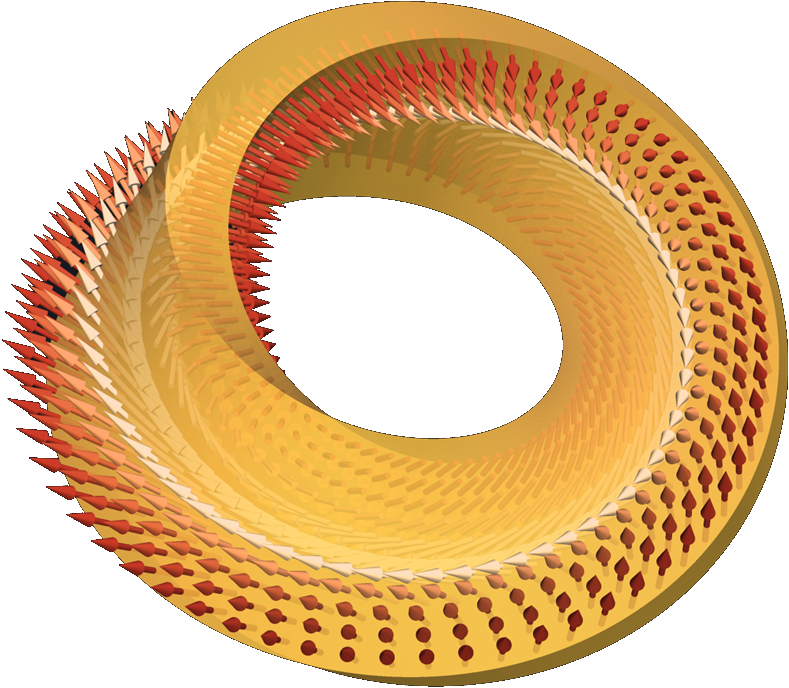Speaker
Description
The quantitative interpretation of MFM data is still a hot topic in the community of scanning probe microscopists. Indeed, the tip magnetic properties are a priori not known and quantitative MFM investigations may only be achieved through phenomenological pictures of the tip-sample interaction, mainly based on the so-called point-probe approximation. In such a model the tip magnetization distribution is sketched as a single magnetic monopole and the measured MFM signal is used to determine the unknown magnetic charge as well as its position within the real tip’s cone.
Here we propose a magnetic characterization of the tip, starting from MFM measurements on superconducting vortices, which appear in type-II superconductors in the mixed state, i.e. in magnetic fields $H_{c1} < H < H_{c2}$ between lower ($H_{c1}(T)$) and upper ($H_{c2}(T)$) critical fields. Each vortex carries out a single flux quantum $\Phi_0=\frac{hc}{2e}$ , where $h$ is the Plank constant, $c$ is the light speed and $e$ is the electron charge. Moreover, while the magnetic field is usually expelled by a superconductor, it can penetrate trough the vortex core and exponential decay by moving out of it, on the scale of the penetration depth $\lambda$. Low temperature MFM is thus the appropriate tool to study the superconducting vortices, being sensitive to the magnetic field decay.
We performed low temperature MFM measurements on 200nm-Nb single layer, driving the simultaneous nucleation of vortices of opposite polarities, namely vortex (V) and antivortex (AV), by profiting of opposite external magnetic field and tip’s field. The measured frequency shift of the oscillating cantilever, due to its interaction with the V-AV pair, will be compared with a phenomenological model built in the framework of the point-probe approximation. By fitting the experimental magnetic profiles, the magnetic tip’s properties (magnetic charge and position) of a commercially available MFM tips (MESP-LM, from Bruker) will be extracted. Finally, as example of quantitative MFM, the results of the fitting procedure will be used to find quantitative information on the out-of-plane magnetization component of Py ferromagnetic thin films. Indeed, such material exhibits a stripe-like configuration of magnetic domains, with magnetization out-of-plane components alternating direction from one stripe to the next.

